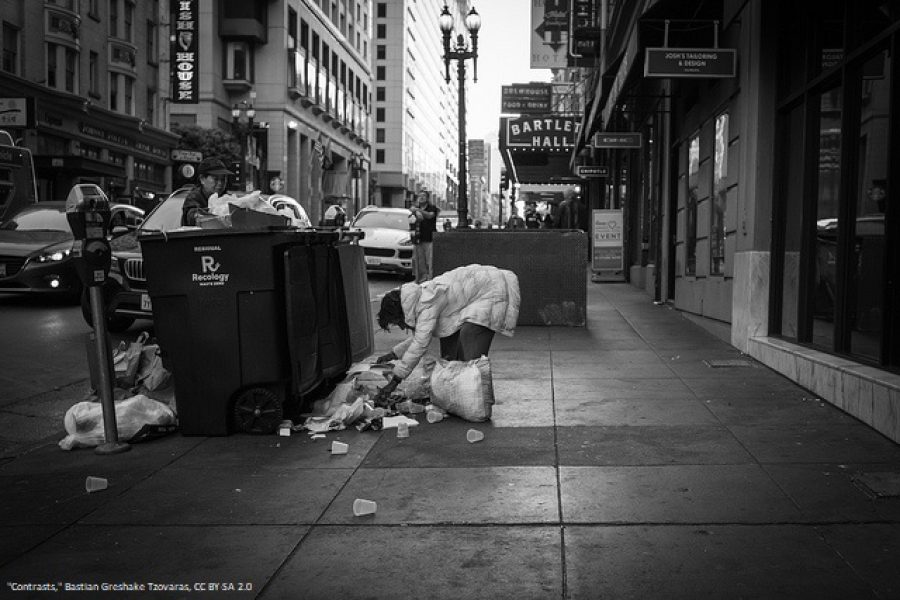A proposal to draw water from the desert to slake perpetually dry Southern California seems no closer to reality now than it did when the idea emerged well more than a decade ago.
The project has, according to California Water News Daily, “received numerous validations of its plans, including its approval under the California Environmental Quality Act, its permitting by San Bernardino County and its affirmation by California’s Courts.” The “environmentally conscious project” “has secured approval at every level of government,” says Clifford Young, one-time president and current member of the West Valley Water District’s board of directors, and a professor emeritus of public administration at California State University, San Bernardino.
Yet the venture, which would tap the Mojave Desert to create a new water supply for roughly 400,000 customers – and create nearly 6,000 jobs – encountered another hurdle as it awaited clearance on what developers were thinking was the final procedural barrier, approval by the Metropolitan Water District.
The additional obstacle is a bill introduced last month in Sacramento that its authors say “enhances protections to California’s deserts by ensuring any future water transfers – from groundwater basins underlying desert lands – do not adversely affect the desert’s natural or cultural resources, including groundwater resources or sensitive habitats.”
It is similar to a bill that was passed by the Assembly last year but was unable to make it out of the Senate Appropriations Committee, which some believed singled out Cadiz to shut it down.
Why the “protections” sought by this legislation are necessary is unclear. The plan, a project of water-resource developer Cadiz Incorporated – which is donating $5 million in aid to small systems in Southern California to ensure clean water deliveries – has already passed CEQA, as well as the Sustainable Groundwater Management Act. If it can survive both of those rigorous reviews, what possible reason could there be to continue to block it?
California has had so much snow and rain this winter that the drought, which covered 84 percent of the state just three months ago, is essentially over. Only in the extreme north, a strip near the Oregon border that makes up a mere 2.3 percent of the state’s acreage, are drought conditions still in effect. The state is almost literally awash in the most precious of all natural resources.
But the next drought, as former Gov. Jerry Brown has said, “could be around the corner.” So it’s critical to develop additional resources, such as water from the desert that would otherwise be lost to evaporation or spoiled by salt if it’s not pumped out for human consumption.
While Cadiz water would come from an unconventional supply, as Gov. Gavin Newsom said in his State of the State address, the solutions to California’s water issues can’t be “either/or,” they have to be “yes/and.” Stepping aside and letting Cadiz run would meet Newsom’s standard.
Kerry Jackson is a fellow with the Center for California Reform at the Pacific Research Institute.


